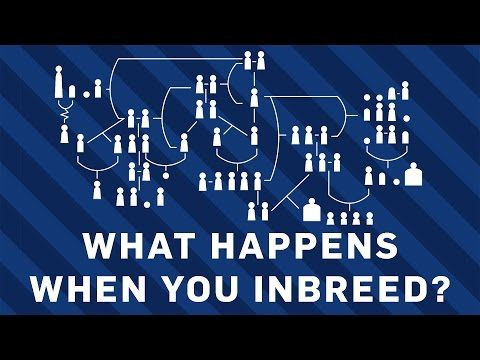The Hills Have Eyes Got It Wrong: What Really Happens When You Inbreed

Throughout pop culture, children of inbreeding are depicted as having a number of physical and mental handicaps. However, in real life, does inbreeding really lead to horrific deformities and terrible illness? According to the guys at Brit Lab in their recent video, it depends.
The Merriam Webster dictionary defines inbreeding as a process by which animals, plants, or people are born from or produced by closely related relatives. And while the consequences of inbreeding far outweigh the largely questionable benefits, having two closely related parents is not exactly a one-way ticket to a lifetime of illness and deformity. But that doesn't mean you should go trying it either.
Genes are the blueprint for human life, determining everything from our overall intelligence to physical feature. We inherit our genes from both parents; however, not all genes we inherit will be expressed. Dominant genes, such as brown eyes and curly hair, always take presence over recessive genes, such as straight hair or blue eyes. The only time recessive traits can be expressed in offspring is if both parents carry these recessive genes. There are countless illnesses such as cystic fibrosis and sickle cell anemia, which can only be expressed when a child inherits these recessive genes from both parents.
Under normal circumstances, in large populations the likelihood of offspring inheriting both recessive genes needed to express these congenital diseases are slim. However, individuals who mate with close blood relatives significantly up the chances of having a partner who shares the same recessive genes. This then ups the chances of the trait being expressed in their offspring.
However, despite its setbacks inbreeding is still a popular practice among animal breeders because the small genetic pools helps to ensure that certain desired physical characteristics stay within a population.
Published by Medicaldaily.com



























